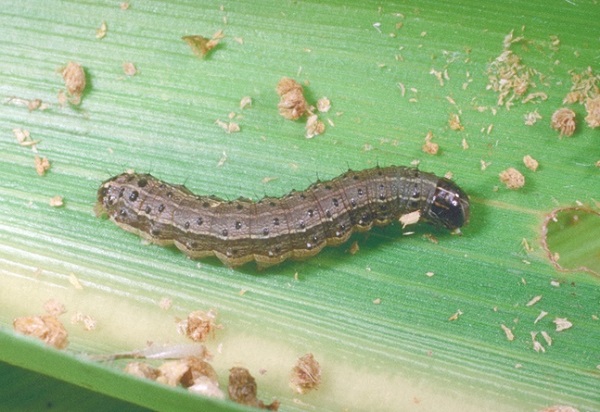‘Value-addition reduces post-harvest losses’
Experts say value addition is a more effective and efficient way to solve post-harvest losses experienced especially by smallholder farmers.
Post-harvest loss is one of the biggest challenges farmers face in Zimbabwe and this includes food loss across the food supply chain from harvesting of the crop until its consumption.
Agronomist, Mr Irvine Craig, who has been involved in farmer training on value addition said this is an effective way of resolving the challenge that has affected farmers not only in Zimbabwe but the world over.
Globally, about 33,3 percent, an estimated 1,3 billion tonnes of food, equivalent to $1 billion, is lost in post-harvest processes annually according to the World Bank.
For Africa, the Food and Agriculture Organisation (FAO) estimates post-harvest losses in Africa at about 37 percent of the total output.
At the country level, post-harvest losses, estimated at 20 to 30 percent in storage alone, can be as high as 40 percent when including field, transportation, handling and processing losses.
In terms of grain, 5,2 percent is lost at harvest and 3,8 percent is lost at drying.
Poor storage facilities, transport systems, limited access to modern technologies and inefficient markets contribute to the significant loss of produce after harvesting, which poses a significant challenge for smallholder farmers, food security and economic development.
Mr Craig, however, said farmers can maximise their produce and enhance their earnings by implementing value addition.
“One of the challenges we face as farmers is looking for markets when the produce is ready for markets,” he said, responding to questions at a recent Smart Farming Summit hosted by Global Renaissance Investments in the capital.
“But farmers can add value, for instance before mangoes are fully ripe, farmers can make chutney; make juice, jam and puree when they ripen to reduce losses,” he said.
The value-added products last for years, enabling farmers to maximise on the produce, Mr Craig said.
He also gave another example of cucumbers, which have a short shelf life but can last long when value-added. Bottling them into gherkins can help reduce potential losses.
“Pick cucumbers at their tender period and bottle them and when they fully ripen, a farmer would have locked value and minimise the losses,” he said.
Drying is another method to preserve agricultural produce which helps farmers reduce post-harvest losses.
EcoFarmer chief executive officer Mr Felix Vengesayi highlighted the need to leverage technology as another way of dealing with post-harvest losses.
He said implementation of smart farming solutions, with access to information can help farmers not only in Zimbabwe but across the region maximise their production.
Access to information about moisture content and control is also critical as farmers implement smart farming solutions.
“Perishables, say from horticulture, need a cold chain to avoid losses,” he said, adding farmers needed to invest in small value-addition plants in their areas.
Many small-scale farmers do not have access to cold storage facilities, leading to spoilage of perishable produce like fruits and vegetables.
Poor transportation systems also contribute to losses, as produce often gets damaged during long journeys to markets or processing facilities.
Recently, InspiraFarms Cooling and InfraCo Africa entered into a 5 million pound agreement that seeks to offer fresh produce cooling services to four African countries including Zimbabwe.
The investment which will also cover countries like Kenya, Zambia and Ghana will enable InspiraFarms Cooling to pilot its “Cooling-as-a-Service” model which seeks to ensure that the services are affordable for its clientele.
The initiative seeks to deal with challenges encountered by horticulture farmers during the marketing of their produce which include inadequate storage facilities which result in significant post-harvest losses.
Reducing post-harvest losses in Zimbabwe’s horticulture sector is crucial for improving farmers’ livelihoods, food security and the sustainability of the agricultural sector.-chronicle










